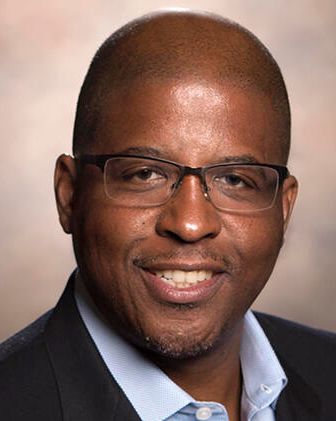Dr. Phillip W. Graham will discuss how grantees integrated the Robert Wood Johnson-funded Forward Promise Initiative’s Heal, Grow, Thrive (HGT) Framework and the dehumanization conceptual model into their existing programs. The evaluation identified and codified practices that organizations use to disrupt dehumanization, particularly among boys and young men of color (BYMOC). The findings revealed nine practices across three categories—new narratives, culturally responsive programming, and systems reform—that organizations used to disrupt dehumanization. These practices, grounded in both the lived experiences of BYMOC and robust research, provide a foundation for new hypotheses in the field, suggesting areas for future research on aligning specific practices with types of dehumanization as proposed by the NPO model.
This lecture is hosted by the Child Study Center at Penn State in coordination with the Edna Bennett Pierce Prevention Research Center. Dr. Graham will also present a lecture on “Conducting Rigorous Community-level Research: The Power of Possibilities” on Oct. 3 at 4 p.m.
About the Presenter
Phillip W. Graham, DrPH, MPH, is a principal scientist in RTI’s Health Practice Area and former director of the Center on Behavioral Health Epidemiology, Implementation, and Evaluation Research. For more than 25 years, Dr. Graham has been at the forefront of community-based research and evaluation, addressing the impacts of substance use, violence, and social inequities on youth and their communities.
Dr. Graham’s work has included leading large-scale, multi-site evaluations and conducting methodologically rigorous studies that integrate mixed methods, implementation science, and data integration approaches. These efforts emphasize the importance of community context, culture, and diversity in developing and evaluating interventions.
Dr. Graham has authored more than 100 papers, presentations, and reports that have shaped the field of public health and prevention science. His leadership extends to collaborations with federal agencies, community organizations, and other stakeholders to advance prevention strategies that mitigate risks







